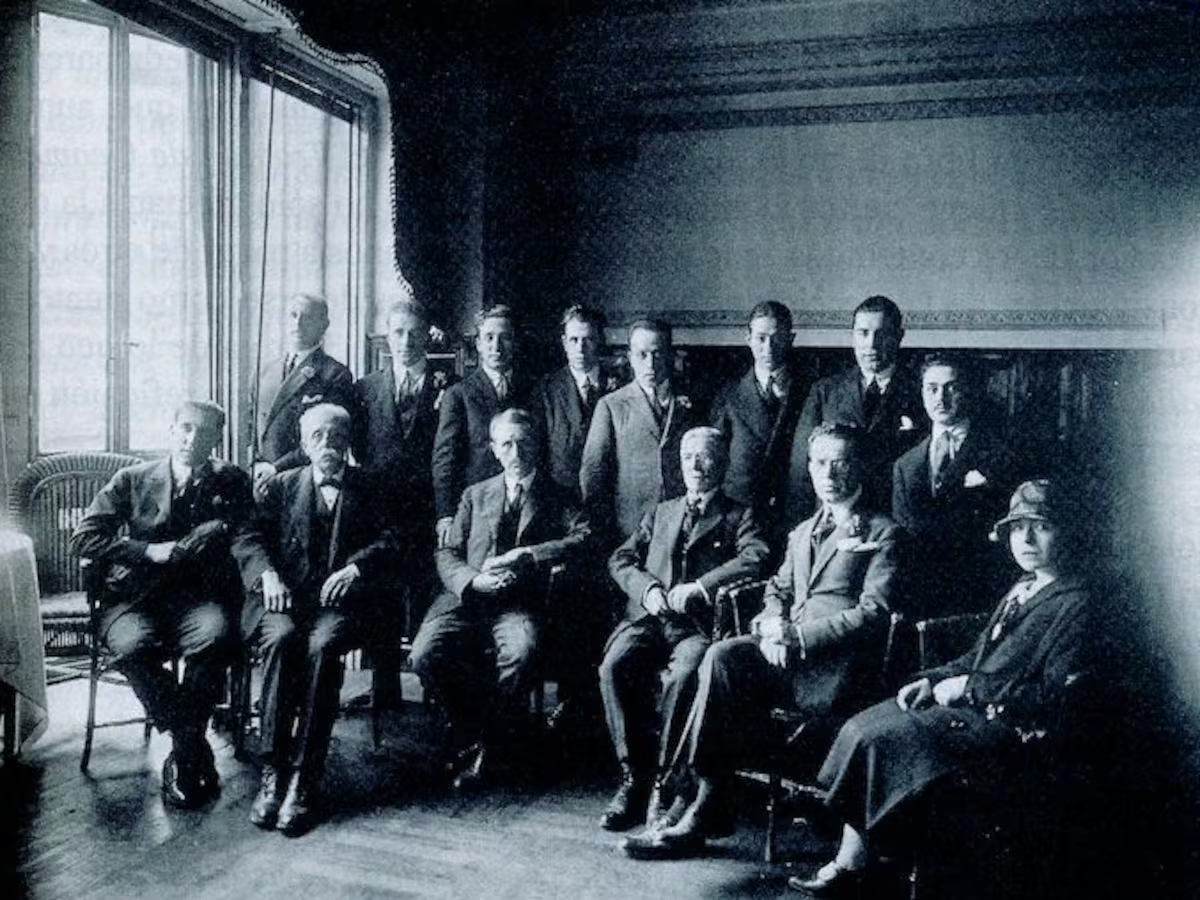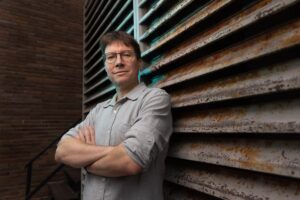
In an old photograph from 1928, the Board of Directors of the Spanish Mathematical Society (currently, Royal Spanish Mathematical Society) poses with a solemn gesture. All in suits and ties, all men. Everyone, except one woman on the far right: María del Carmen Martínez Sancho. Carmen, as she liked to be called, is not there out of courtesy, nor as a concession to modernity. She is the first doctor in mathematics in Spain, an expert in the geometry of the theory of relativity.
Martínez Sancho was born on 8 July 1901 in Toledo and 26 years later, in 1927, she became the first doctor of mathematics in Spain, with a thesis that embraced the area of mathematical physics. He developed it at the Central University (now Complutense University) under the direction of José María Plans, known for being the mathematician who introduced the theory of relativity to Spain. In her thesis, Carmen explored Bianchi’s so-called normal spaces, geometric spaces that help give rigor to Einstein’s ideas about the universe.
These spaces were defined by the Italian mathematician Luigi Bianchi to formalize the notion of a space-time that can expand at different speeds in three spatial dimensions. Martínez Sancho’s work during his thesis focused on extending this type of spaces in contexts with spatial dimensions greater than the three known ones: four, five, … up to any natural number.
The previous year, before defending his thesis, Martínez Sancho had become a member of the board of directors of the Spanish Mathematical Society. Shortly thereafter, in 1928, she obtained a professorship of mathematics at the Ferrol Institute, also becoming the first woman to obtain such a position.
Furthermore, during the five years of his degree, he worked as a teacher at the Institute-School, an ante litteram pedagogical project. There he not only taught mathematics, but also learned German in teacher courses and sporadically participated in some conferences, such as, probably, the one held by Einstein during his visit to Spain in 1923.
He also obtained one of the scholarships that the Board of Expansion of Studies (JAE) offered to researchers to develop their education abroad, becoming the first for mathematics subjects – and the fifth in all sciences – thanks to what he did during a stay at the University of Berlin. For 18 months he attended lectures by renowned geometers and analysts such as Issai Schur, Adolf Hammerstein and Heinz Hopf. In Germany he continued to cultivate his interest in teaching and enrolled in educational and pedagogical psychology courses.
Upon his return, he received the offer to join the newly formed Institute-School of Seville, where he remained until his retirement, leaving aside his career as a researcher. This was the case for many young researchers of the time. Although the new ideas of the early 20th century brought widespread financial support to universities, they could not offer stability to their staff, and many doctors opted for permanent positions at an institution and abandoned research careers. Furthermore, Carmen had always wanted to be a teacher.
As a teacher, Martínez Sancho trained students and sowed vocations. And her short career as a researcher made her a pioneer and a point of reference. Almost a hundred years after that photograph of the Board of Directors of the Spanish Mathematical Society, women have gained ground – in presence and impact – in mathematical research, although there is still much to be done to achieve full equality. Stories like Carmen’s inspire us and lead the way.
Alba Garcia Ruiz She is a pre-doctoral researcher at the Superior Council for Scientific Research of the A.D Institute of Mathematical Sciences (ICMAT).
Editing and coordination: Agata Timone (ICMAT)
Coffee and theorems is a section dedicated to mathematics and the environment in which it is born, coordinated by the Institute of Mathematical Sciences (ICMAT), in which researchers and members of the center describe the latest progress of this discipline, share meeting points between mathematics and other social and cultural expressions and remember those who marked its development and were able to transform coffee into theorems. The name evokes the definition of the Hungarian mathematician Alfred Rényi: “A mathematician is a machine that transforms coffee into theorems”.







